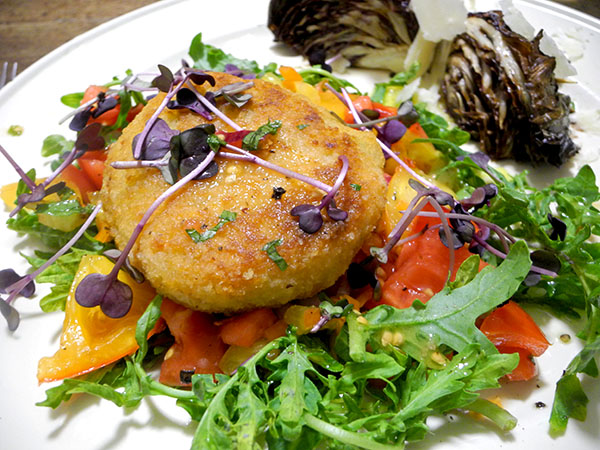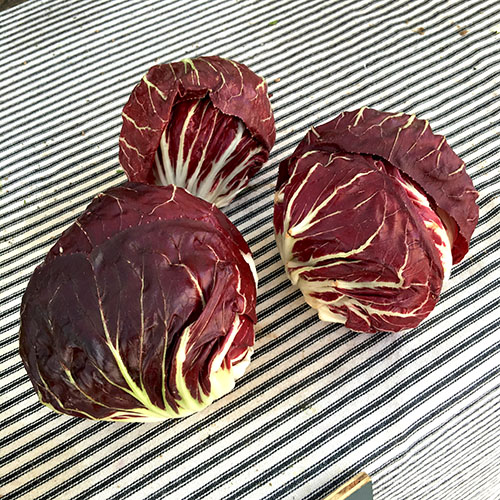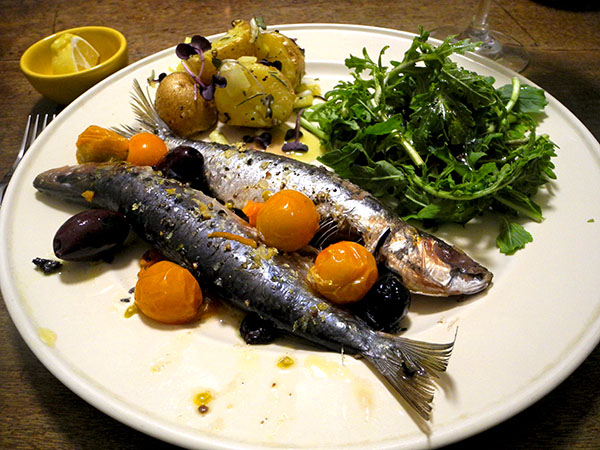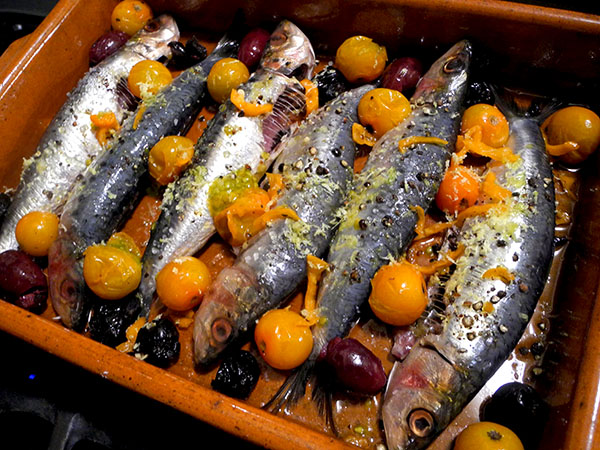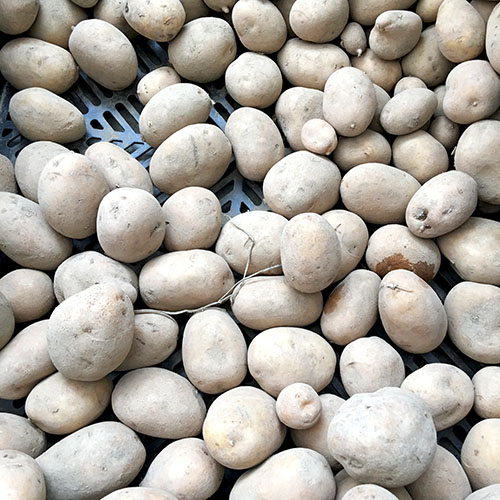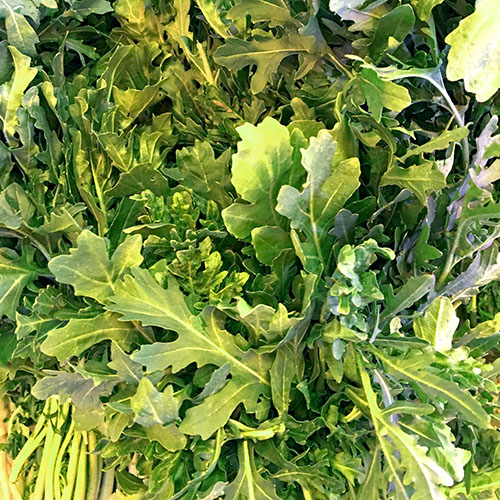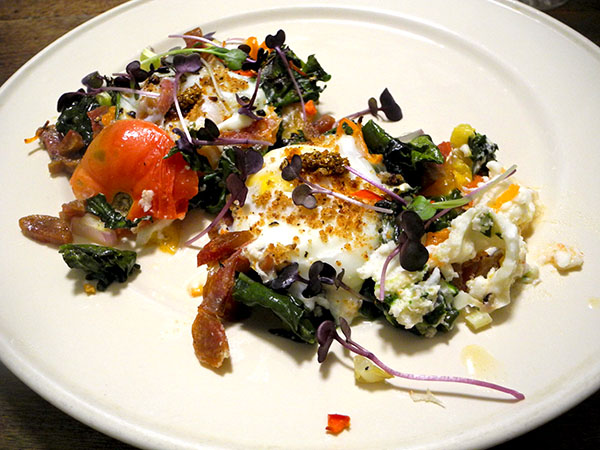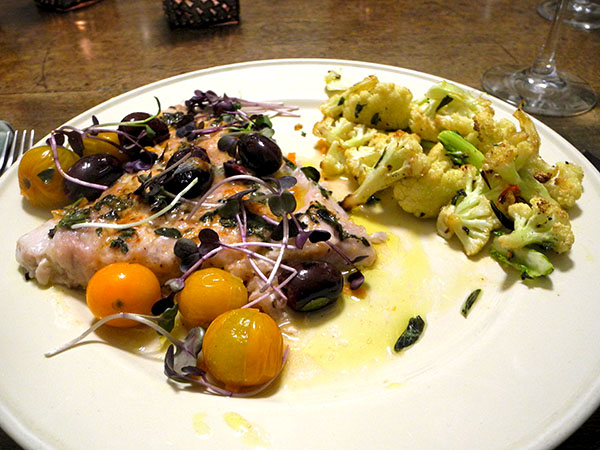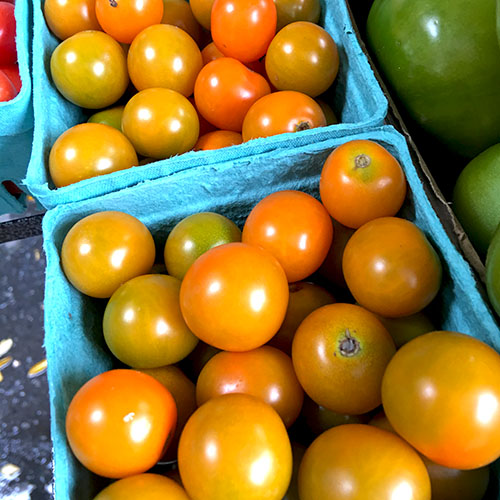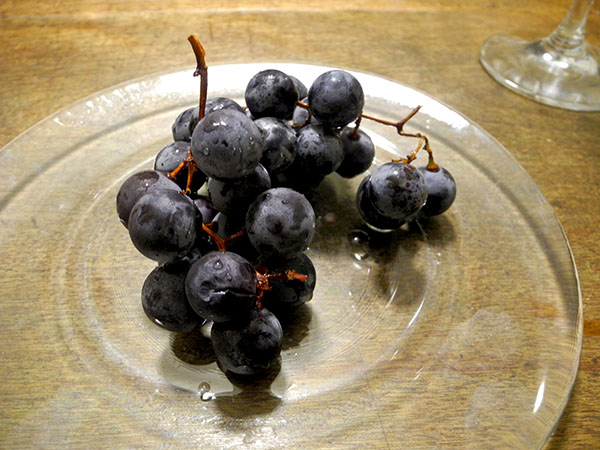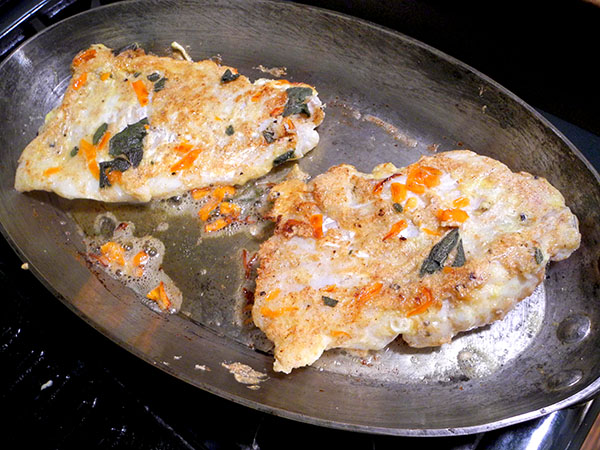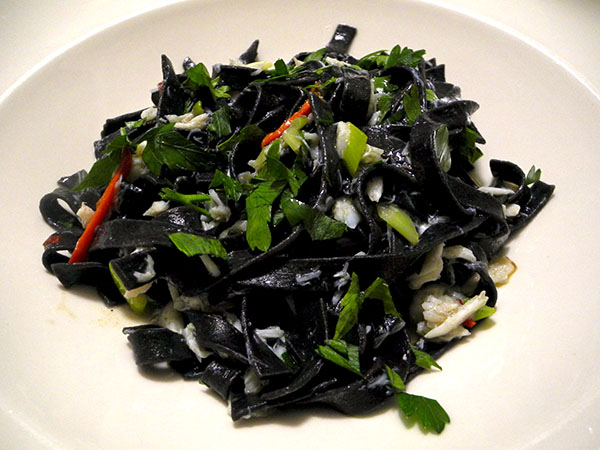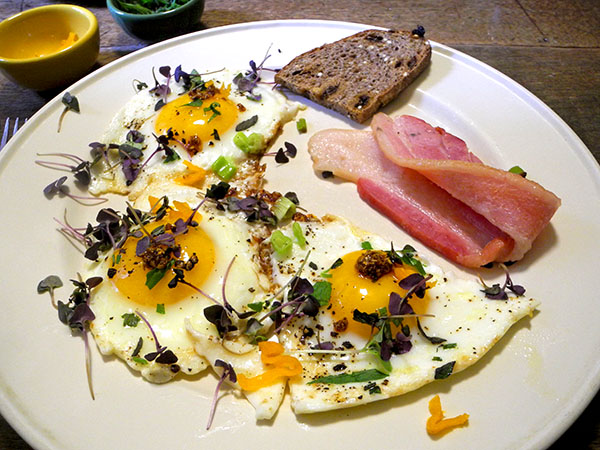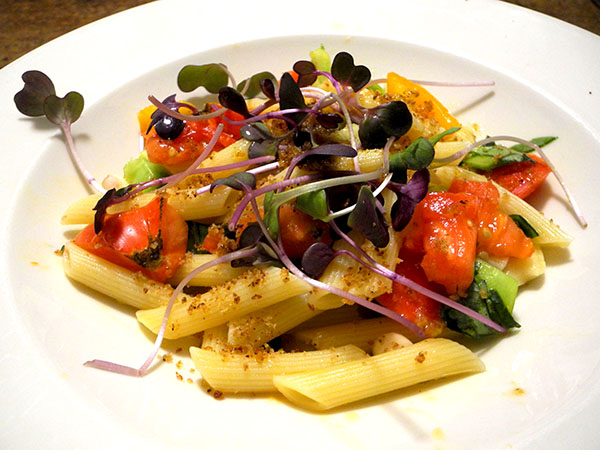
The basic recipe for this simple fresh pasta sauce, from Mark Bittman, is one I had cut out of the ‘New York Times Magazine’ 5 years ago, in the first week of August, and while I have associated it with summer, it sure looks summery in the picture, and, yes, it tasted summery, all of the vegetables and herbs were purchased at the Union Square Greenmarket in this last week of October.
One of the most interesting aspects of this preparation, at least for me, is the fact that it calls for neither salt (other than that added to the water in which the pasta was boiled), nor black pepper. Does that betray the peasant origin of the dish, since contadini might have often have had to depend solely on the product of their own fields for ingredients?

I think these tomatoes are betraying their awareness the season is ending; the micro radish greens don’t seem to have a clue however, and they’re probably right if they’re thinking their kind will be around all winter, snug in their high tunnels.

- eight ounces of Setaro penne rigate, from Buon Italia, cooked al dente, then tossed in a large bowl in which 3 heirloom tomatoes, an orange and a red, from Eckerton Hill Farm and a green from Norwich Meadows Farm, cut into rough chunks, had been mixed, just after the pasta water had been places on the range, with 3 tablespoons of a decent olive oil, 3 lightly-crushed ‘German Hardneck’ garlic cloves from Race Farm, one medium-hot green Pasilla pepper from Oak Grove Plantation, a heatless orange Habanada pepper from Norwich Meadows Farm, and about half of a cup of torn basil from Stokes Farm, stirred and allowed to sit until the pasta itself was ready, served in shallow bowls, finished with a sprinkling of homemade bread crumbs that had been browned in a little olive oil, topped with purple micro radish from Windfall Farms
- the wine was an Italian (Piedmont) white, Ioppa Vino Bianco San Grato 2015
- the music was Per Nørgård’s Symphony No. 5, the Oslo Philharmonic Orchestra conducted by John Storgårds

